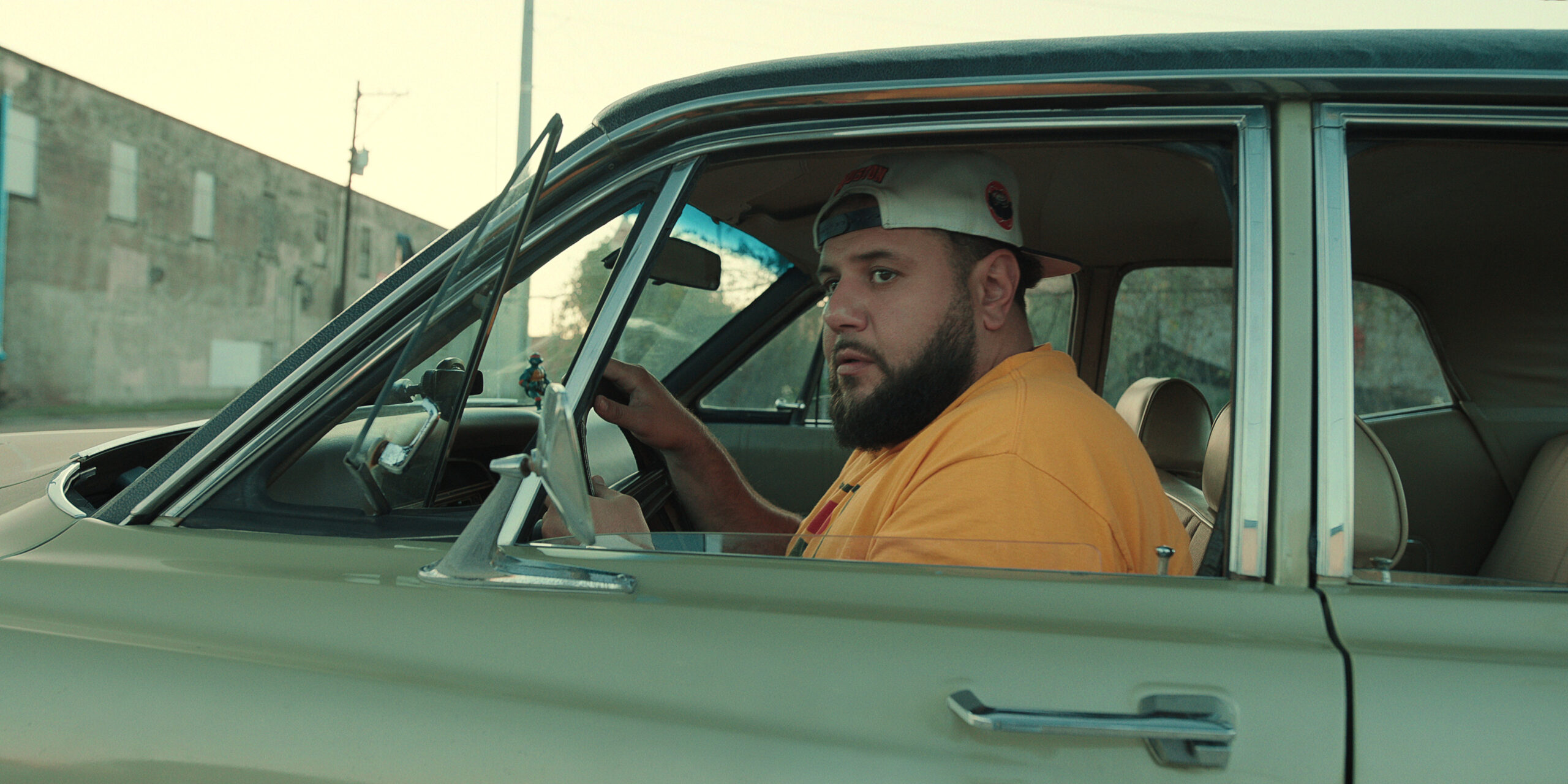Growing up, I thought immigration was solely a Latinx issue. My neighborhood was majority-Mexican and there were a few Central Americans, Caribbeans, and South Americans scattered about. Limited to only the experiences in my family, community, and Univision 34, I grew up ignorant about how the immigration system affects people from non-Latinx backgrounds. Portrayals of immigrants from other backgrounds were nonexistent, two-dimensional, or stereotypical. That’s been changing over the years – thanks in part to show’s like Mo Amer and Ramy Youssef’s Mo.
Mo focuses on a fictionalized Mohammed Najjar, a stateless Palestinian refugee based in Houston, TX. The series is loosely based on Amer’s real-life experiences as a Palestinian refugee born in Kuwait after his family settled into the city. Spoilers ahead for those who haven’t seen the series.
We often talk about what it’s like for Latinx people to deal with life in the US after moving to the country, but what happens when other folks end up here? Mo Amer was generous in ensuring that a lot of his real-life challenges, awkward moments, and friendships were portrayed on-screen.
Houston is a city with a large Black and Latinx population. It’s also diverse, sprawling in size, and prone to flooding. An estimated 412,000 undocumented immigrants live in Harris County, where most of Houston is located. Mo Amer’s family in real life faced challenges when they moved to a majority working-class neighborhood, something he discusses in his standup comedy.

In Mo, we as viewers have a chance to see what it’s like to be a minority within a minority. As Latinx viewers, we’re forced to confront the fact that although the US can be rough, being outsiders in our communities also poses dilemmas. Within minutes, Mohammed Najjar is seen speaking Spanish and Arabic fluently.
The series also depicts problems common to undocumented and also stateless immigrants caught up in the US immigration system. Mo shows us the cruelties of the immigration system’s delays and the way these processes often force family secrets and tensions into the light.
The series is set during a time in which the Najjar family were already settled into Houston and had a community, friends, and routine. We see how they manage their multicultural relationships with colleagues, friends, and partners while continuing to uphold their Palestinian culture and religion. As Muslims, the Najjar’s face microaggressions from people of various cultures around them. Flashbacks show us what they left behind and what they have to grieve.
And as we all know, the US is far from perfect, its flaws affecting the family in Mo. For example, Mo survives that particularly US experience – a shooting – and then has to forgo medical care (the cost!), the stress of which eventually triggering his mental health. As a result, he becomes addicted to lean—or Texas tea, a concoction that hails from Houston and that becomes a problem for the whole family.
It goes without saying that there’s Latinx representation in Mo. Mo’s girlfriend, Maria (Teresa Ruiz) is a supportive Mexican-American mechanic. The show also features some of her struggles, including family issues, problems expanding her business, and eventually, her misgivings about Mo.

The show balances out sensitive issues with beautiful cinematography, a colorful palette, and comedic timing. Despite the fact that being a minority within a minority can make things doubly complicated, Mo doesn’t gloss over the struggle of Latinx immigrants and the many different ethnicities represented in the show.
As a comedian, Mo Amer is known for a body of work that displays pride in his roots and culture—and that also includes Houston and the community that made him who he is today. Mo is a great watch that happens to educate us without being pedantic or forcing perfection on any of the characters. The series is available on Netflix and I suggest you watch it now.

